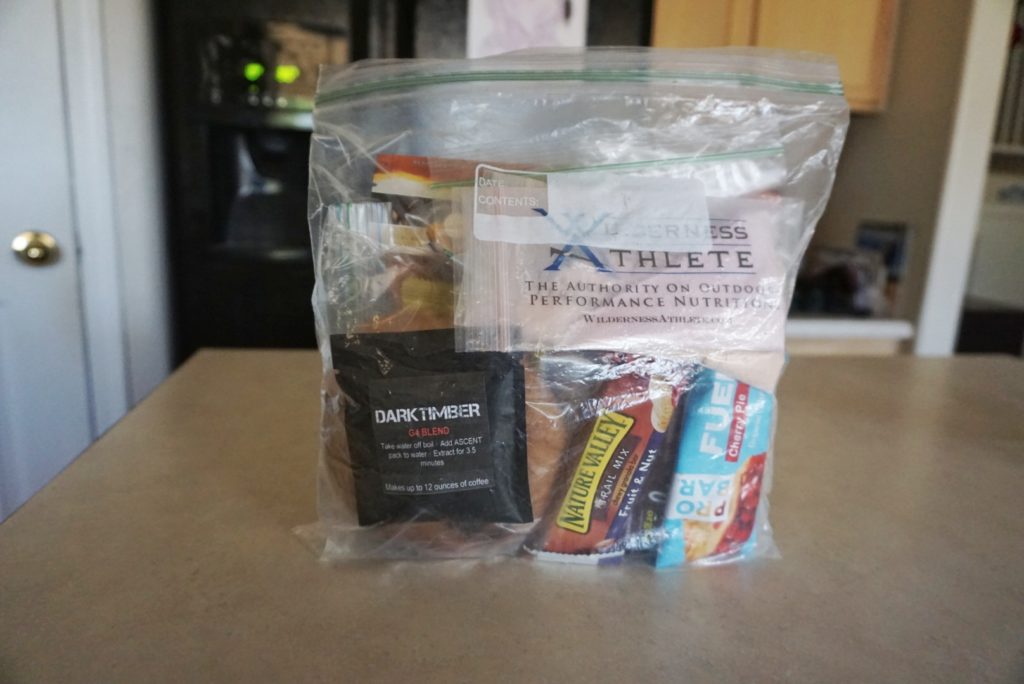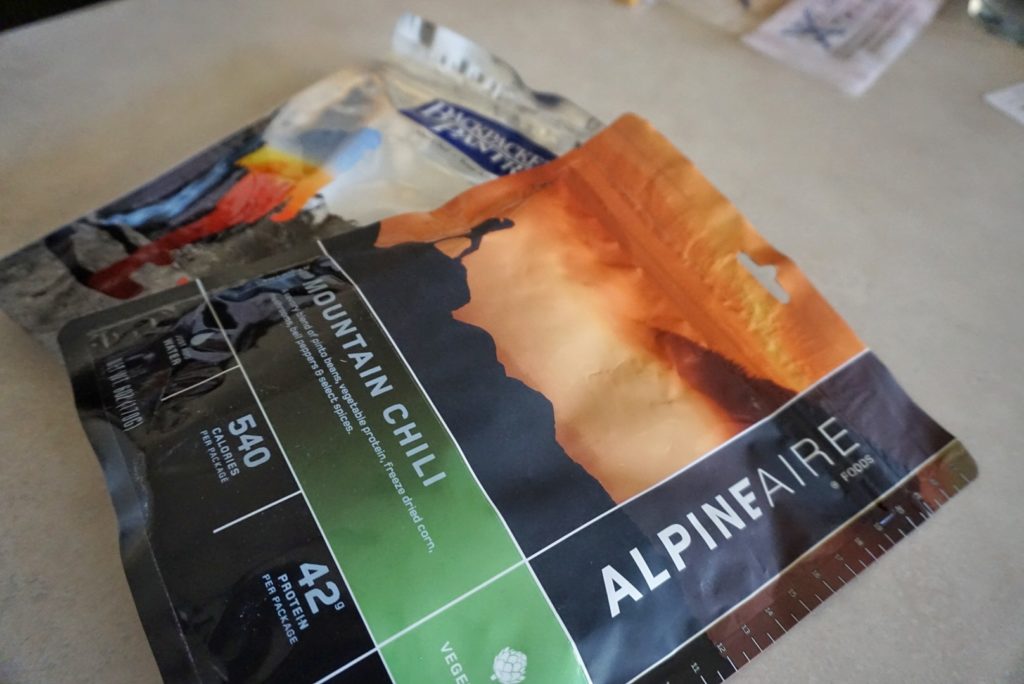

Food in the backcountry is one of those things that can both lift your spirit and your performance. Having a nice hot meal at the end of a long day just plain makes me feel better. When I might be feeling discouraged in the middle of the day, a cup of coffee just has a way of improving my overall mood. For that reason, I think it is important to not just throw a bunch of random stuff in a bag and call it good. You need to know how much food to bring, what food to bring, and you need to actually like what you are planning to eat. Backpack hunting is a strenuous game that demands refueling, so it is our job to do just that.
After much trial and error, I have come up with a system that works pretty well for me and what I do. Keep in mind, this might not be the best way for you, but it should get you going. In the end, it is really all about what you like and how your body responds to it. Let’s dig in!
Up until this point, I had never paid any attention to how much food I was eating. In turn, knowing how much food to bring with me was a puzzle that needed solving. The way that I ended up solving this puzzle was to actually log what I ate throughout the day. I would start out by bringing too much food. At the end of each day I would write down what I ate and what I didn’t eat. Did I feel full? Was I hungry? Doing this gave me a pretty good idea of what I needed to bring with me throughout a trip. This is really simple stuff when you break it down like this. What can be a head trip, is worrying about running out of food. If you break your food down like I’ve described, you shouldn’t have any issues with that.

In order to keep things simple, I will separate my food into gallon ziploc bags for each day I plan on being out. If I am on a 5 day hunt, then I will have 5 bags of food. Each bag contains all of the food I plan on eating in a given day. This is also where I will store any drink supplements, vitamins, or coffee. At the beginning of the day, all I have to do is grab my bag of food for the day and I am off. No having to come back to camp to eat. This is a very efficient way of doing things that, not only makes things easy, it let’s you stay out in the field longer.

Most of you are probably familiar with the freeze dried/dehydrated meals thing. These are super popular among the backcountry community, due to their convenience and ease of use. All you have to do is add boiling water and let the stuff steep, if you would. BAM! Now, you have a nice hot meal in a bag, void of dishes. Popular brands include Mountain House, Backpacker’s Pantry, and a highly coveted new kid on the block, Heather’s Choice.
Other popular foods to bring into the mountains are oatmeal, protein bars, trail mix, tortillas, tuna packets, etc. Do you see a common theme here? The thing that all of these foods have in common is that they are easy to eat and involve very little preparation, if any. These are the types of things you want on a backpack hunt. The less you have to do out there, the better. At least that is how I feel. I certainly don’t want to be doing any cooking, unless it is fresh elk or venison from that trip over the fire. Keep it simple out there.
A good rule of thumb that I came across in my backpack hunting youth was only bringing foods that had 100 calories per ounce. The reason behind this thinking is that calories are precious out there, but so is keeping a light pack. Remember, we have to carry this stuff around all day. So, you are gonna have to spend some time reading nutrition labels to make sure you are bringing an adequate amount of calories on your trips. Once you do this a few times, it is perfectly fine to not do it again. This is really just to give you some direction and an idea of what to look out for. If you aren’t supplying your body with caloric dense food, you will inevitably shut down. I said earlier that backpack hunting is a strenuous game that demands refueling, and I meant it. Stay fueled.

Another thing about what food to bring, is making sure that you are bringing stuff that you actually like. Don’t just grab a bunch of food from the grocery store that meets all of your caloric requirements without trying the stuff out. I am constantly looking out and trying new foods throughout the year. Mind you, I am not that picky of an eater, but if I can have food that I “really like” vs. food that I “like,” I’m gonna go with “really like.” The only way to find that out, is to try.
Here is an example of a full day of eating for me. I try to shoot for around 2400-3000 calories a day and each of my bags weighs between 1 1/2 – 2 pounds.
Breakfast: 1 cup of rolled oats with whey protein powder and raisins, Wilderness Athlete Energy and Focus
Snack: 1/4 cup of trail mix and a Think Thin Bar
Lunch: Bagel with peanut butter and honey, as well as a Protein ProBar
Snack: 2 bars of some sort
Dinner: Homemade Dehydrated Bear Chili or Mountain House with Wilderness Athlete Hydrate and Recover mixed with water

I let the food thing nag at me for awhile and the truth is, this isn’t rocket science. There is no one size fits all secret formula to the food game. A lot of this stuff is trial and error. All of our bodies are different and are going to respond to physical exhaustion and refueling in different ways. What works for one, might not for the other and that is why it is important that you try this stuff out. Use the “off season” to find that next great protein bar, or heck, MAKE YOUR OWN. There are plenty of recipes online. I recently bought a dehydrator and have been making my own dehydrated dinners! So cool! When it’s all said and done, the only one that knows your body, is you.


Copyright 2019 Dialed In Hunter
Design by NXNW.